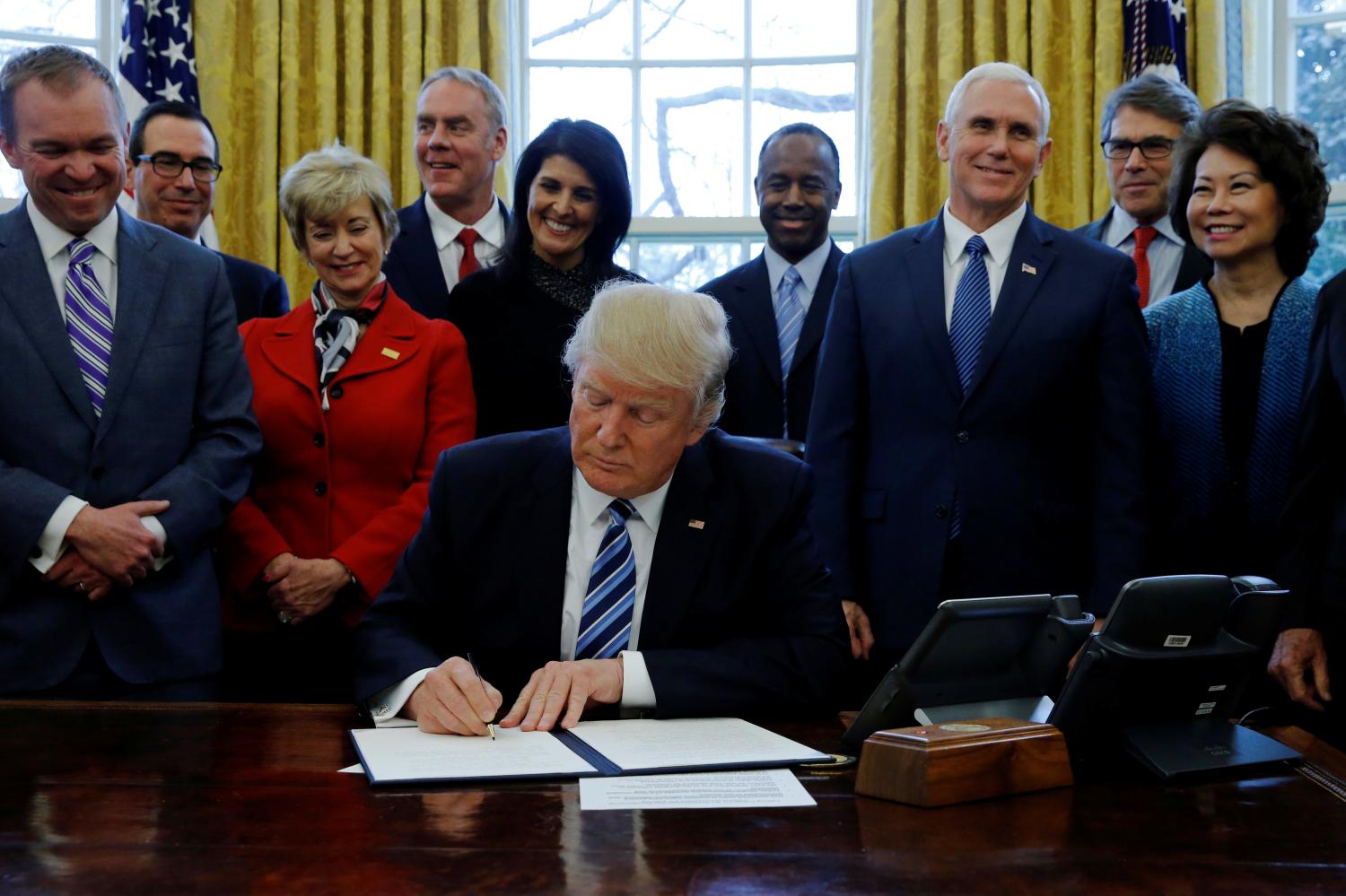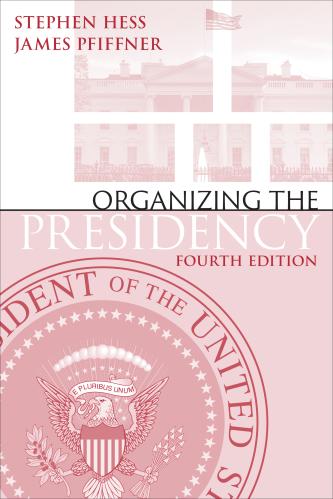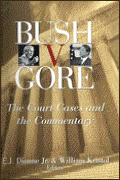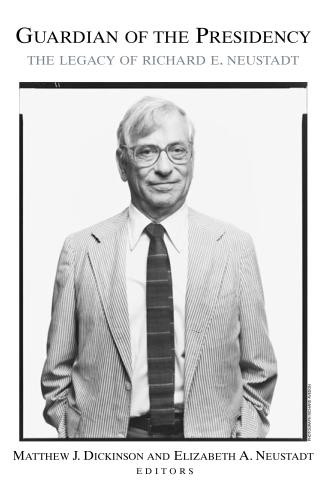The Twenty-Second Amendment, as ratified in 1951, replaced a question mark with a period. Will the president seek a third term? He or she cannot. Once reelected, a president becomes the present that is tomorrow’s past. The final two years of a president’s term are especially notable given that the second midterm election is the last opportunity, however problematic, for gauging the president’s status with voters. Heads begin to turn, focusing as much or more on “who’s next” as “who’s still there.” As this happens, the new presidency begins to take shape.
Three presidencies—those of Eisenhower, Reagan and Clinton—have experienced this inevitable look forward. Nixon, too, was reelected but resigned before the second midterm election. Of the other post-1951 presidencies, Truman and Johnson could have run for another term but chose not to; Carter and George H.W. Bush (Bush 41) sought reelection and were defeated, as was Ford for a full term. And now George W. Bush (Bush 43) is serving in that period when the present is forming the future.
This issue paper will compare Eisenhower, Reagan and Clinton before turning to Bush 43. The first three have several common characteristics that help to explain the type of presidency being formed in the last two years. As it enters its period of termination, the Bush 43 presidency scarcely resembles those of his predecessors and the differences are a cause for concern. The 44th president will inherit a diminished presidency in a system that appears now to be pitted against itself.
The Brookings Institution is committed to quality, independence, and impact.
We are supported by a diverse array of funders. In line with our values and policies, each Brookings publication represents the sole views of its author(s).








